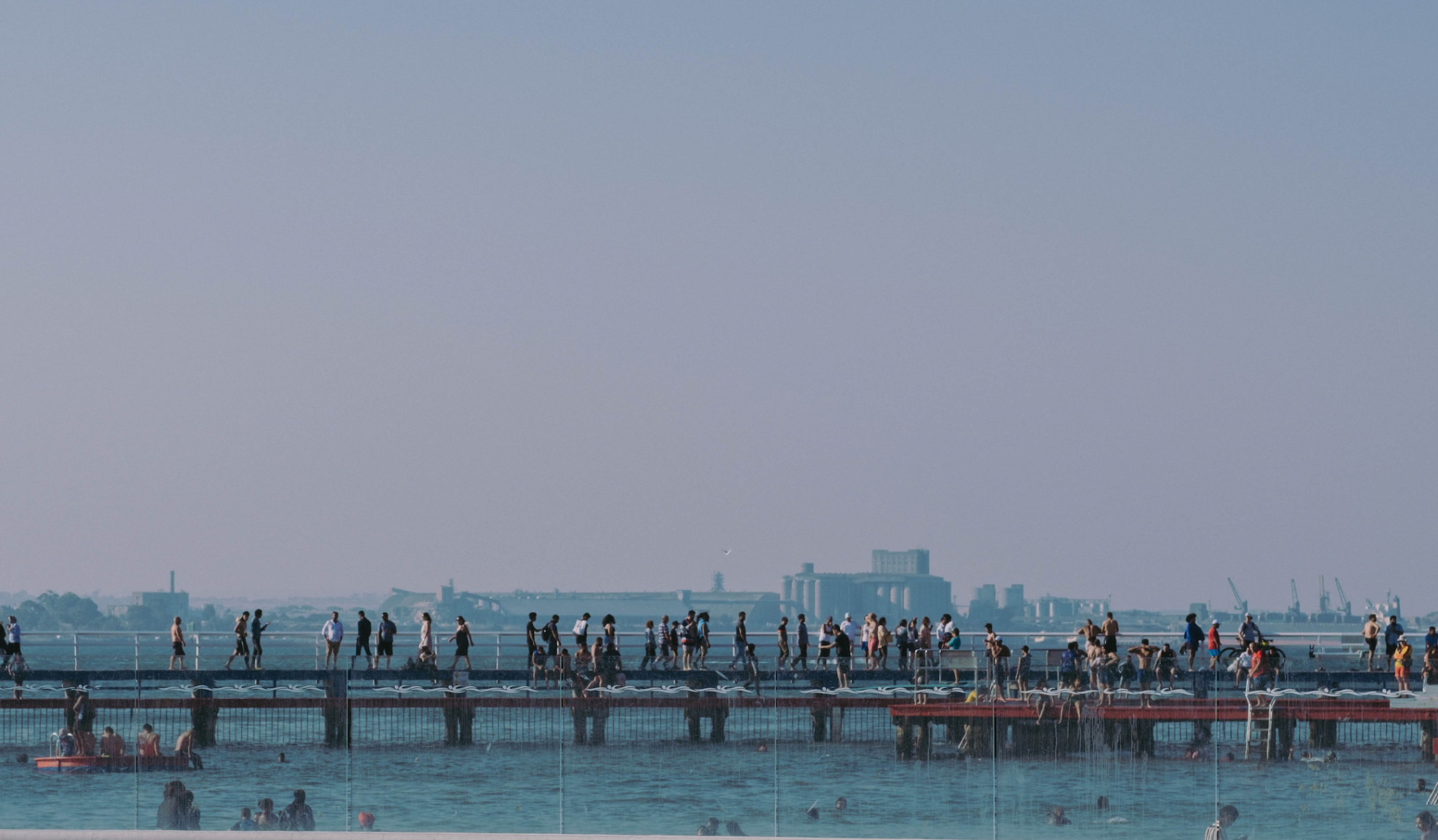
Aspiration: a hope or ambition of achieving something.
In a series of blogs we will provide an outline of three of the key themes that have emerged during the first year (2021) of a three (3) year project that we are conducting in Geelong, Victoria’s (AUSTRALIA) second largest city.
The project, which is funded by a grant from the Anthony Costa Foundation aims: To provide Geelong stakeholders with a strong evidence base over 3 years to co-design innovative interventions to foster the education and employment aspirations of young people from disadvantaged backgrounds in Geelong in the wake of a COVID-19 youth labour market crisis.
At this link we provide a more detailed account of the background to the project, its aims, and the ways in which we are approaching it – COVID-19 and Disadvantaged Young People’s Education and Employment Aspirations in Geelong
The project emerges from the work that the team has been undertaking over the last 12-24 months, as we have outlined in an earlier blog post titled: Disruption and Crisis, Aspiration, and Hope: COVID-19 and Young People’s Education and Employment Pathways.
The COVID-19 Pandemic and Young People
In our work we argue that the age of COVID-19 does not represent a complete break with a pre-COVID-19 world. Indeed, in a number of posts we have pointed out that COVID-19 enters a world of profound inequalities, injustices, immiseration, violence, racisms, homo-trans-phobias. A world in crisis at the convergence of the 4th Industrial revolution and the Sixth Mass Extinction (see, Part I & Part II).
In this world, much energy and resources have been expended in looking at and commenting on young people’s aspirations for their futures of education, training, work, relationships, and well-being. In much of this commentary young people’s aspirations are often seen as a ‘problem’ that needs fixing. Or, more particularly, some young people, from some disadvantaged backgrounds, need some sort of ‘intervention’ in order to lift their aspirations, to aim higher.
In this sense, we can suggest that what aspiration looks like in many of these contexts, is what aspiration looks like from a ‘middle-class’ perspective’, or from a ‘white’ perspective, or from a ‘male’ perspective. Although, from the outset, we recognise the ‘crass’ nature of that generalisation. But, it is a generalisation that is designed to move away from a sense that when we talk about young people’s ‘aspiration’, then what we are talking about is, or should be, self-evident to everyone!
During 2020-2021 the pandemic pushed global, national and regional economies into a period of profound uncertainty and recession – a period that is still evolving in uncertain directions. It is already apparent that young people (15-24) will carry a heavy burden over the next 5 to 10 years in terms of their well-being, education, training and employment aspirations and pathways (Grattan Institute 2020).
The Pandemic and Young People in Geelong
During the last 40 years, the impacts of economic recessions, industry restructuring policies, and the unfolding digital disruption have transformed large parts of Geelong into unemployment blackspots. For the last 30 years young people in the suburbs such as Whittington, Corio, Norlane and North Shore have experienced significant social, cultural and economic disadvantage (Skilling the Bay 2021).
It is against this backdrop that we have been engaging young people – who can be understood in various ways as being marginalised, disengaged, and/or from areas of historical disadvantage in the Greater Geelong region – in the first year of a 3 year project. Working with a range of stakeholder organisations and agencies we have tried to recruit a cohort of 50-60 young people to remain part of the project and participate in interviews during 2021, 2022, 2023.
Using the VideoAsk platform we have asked young people the following questions.
1. My life at the moment
Can you tell us about how you view your life at the moment?
2. The world now, and in the future
Can you tell us your thoughts about the current state of the world at the moment?
3. My life in the future
We want to know a little about your hopes and aspirations for your future.
4. Something else?
This an opportunity to tell us anything else that you would like to at the moment.
In a series of three (3) blogs we want to present some of what young people have said in response to these questions, and to present an initial analysis of young people’s responses through the following themes:
